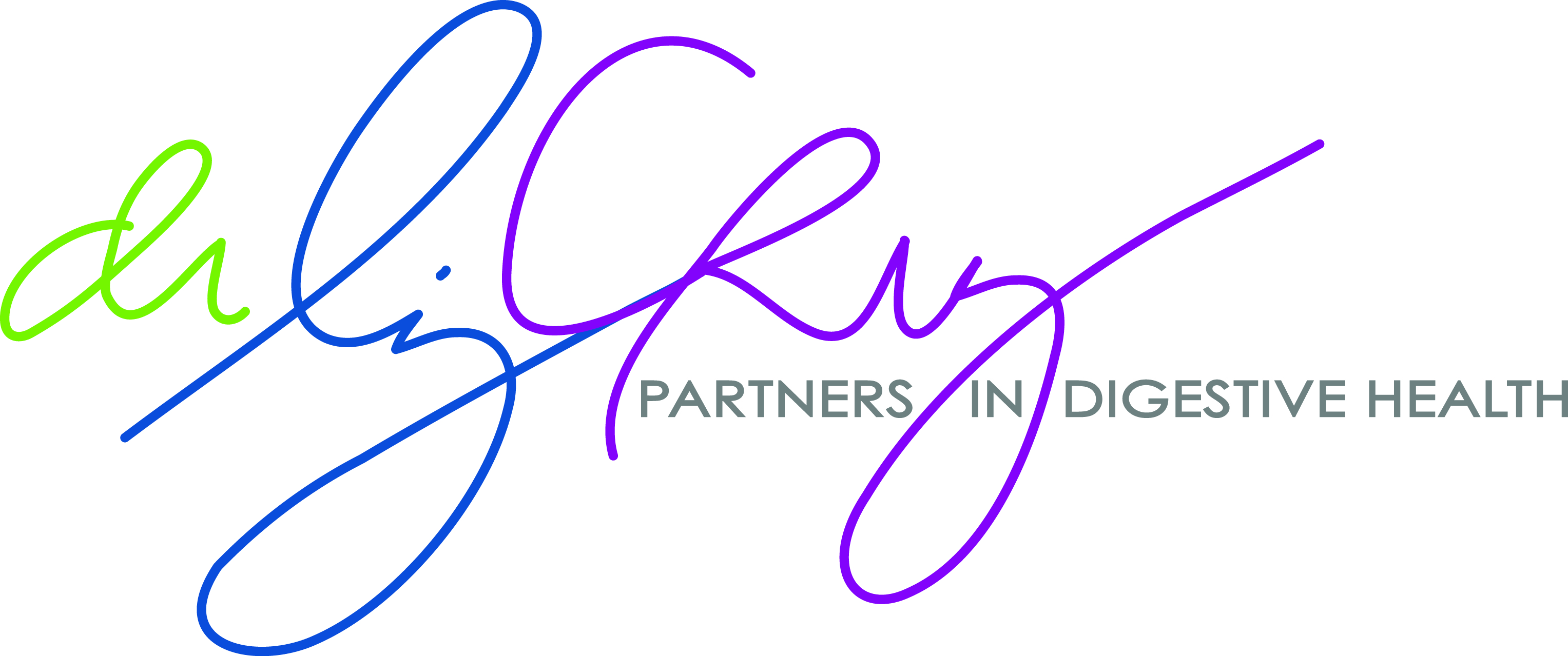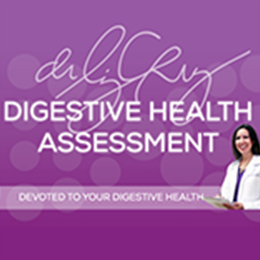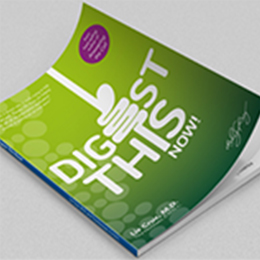 Sigmoidoscopy (SIG-moy-DAH-skuh-pee) enables the physician to look at the inside of the large intestine from the rectum through the last part of the colon, called the sigmoid colon, or descending colon. Physicians may use this procedure to find the cause of diarrhea, abdominal pain, or constipation. They also use sigmoidoscopy to look for early signs of cancer in the descending colon, sigmoid, and rectum. With sigmoidoscopy, the physician can see bleeding, inflammation, abnormal growths, and ulcers. Flexible sigmoidoscopy is not sufficient to detect polyps or cancer in the ascending or transverse colon (two-thirds of the colon).
Sigmoidoscopy (SIG-moy-DAH-skuh-pee) enables the physician to look at the inside of the large intestine from the rectum through the last part of the colon, called the sigmoid colon, or descending colon. Physicians may use this procedure to find the cause of diarrhea, abdominal pain, or constipation. They also use sigmoidoscopy to look for early signs of cancer in the descending colon, sigmoid, and rectum. With sigmoidoscopy, the physician can see bleeding, inflammation, abnormal growths, and ulcers. Flexible sigmoidoscopy is not sufficient to detect polyps or cancer in the ascending or transverse colon (two-thirds of the colon).
For the procedure, you will lie on your left side on the examining table. The physician will insert a short, flexible, lighted tube into your rectum and slowly guide it into your colon. The tube is called a sigmoidoscope (sig-MOY-duh-skope). The scope transmits an image of the inside of the rectum and colon, so the physician can carefully examine the lining of these organs. The physician places air through the scope into the colon, which opens the folds of the colon and helps the physician see better. If anything unusual is in your rectum or colon, like a polyp or inflamed tissue, the physician can remove the polyp or a piece of the inflamed tissue using instruments inserted into the scope. The physician will send the polyp or piece of tissue (biopsy) to the lab for testing by a pathologist.
Bleeding and puncture of the colon, which could potentially require an emergent operation, are possible complications of sigmoidoscopy. However, such complications are uncommon.
Sigmoidoscopy takes 10 to 20 minutes. During the procedure, you might feel pressure and slight cramping in your lower abdomen. You will feel better afterwards when the air leaves your colon. You may be given pain medication and a mild sedative to help you relax during the examination, this will be discussed by you and your physician during your office visit.
On the day before your exam
You can eat and drink normally. Purchase one (1) 10-ounce bottle of magnesium citrate and two (2) packaged ready to use enemas (Fleet’s) from a pharmacy. Drink the 10-ounce bottle of magnesium citrate at 6 pm.
On the day of your exam
Both enemas should be self-administered at home 60 to 90 minutes before your exam. Follow instructions for giving enemas on product insert. After first enema and bowel movement, repeat with the second enema. When you arrive please check in with the receptionist. You will be asked to change into a patient gown. A nurse will discuss your medical history. Please let the nurse know if you are allergic to any medicines. The nurse will take your temperature, pulse, and blood pressure. You will be asked to sign a consent form authorizing the physician to perform the procedure.
After your examination, before you go home
You may feel some bloating from the air inserted during the procedure. You will feel more comfortable if you expel this air. The doctor will speak with you before you leave. When you are ready to leave the nurse will give you your final instructions.
After your examination, at home
After your appointment: You may eat and resume your normal activities, as you feel able unless otherwise instructed. Walking, a warm bath, drinking warm fluids, or lying on your left side with knees drawn up will help you to pass any remaining air in your colon.
If you receive sedation
You will need a driver to take you home. After you leave the outpatient center or hospital DO NOT DRIVE or operate mechanical equipment until the next day. Do not drink alcohol for 24 hours.





